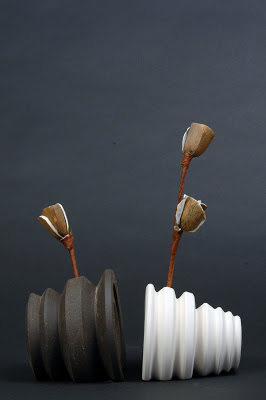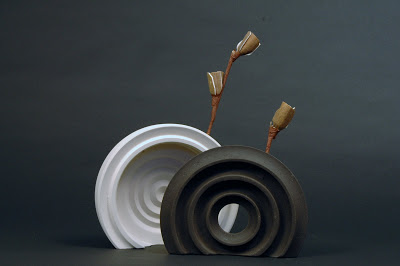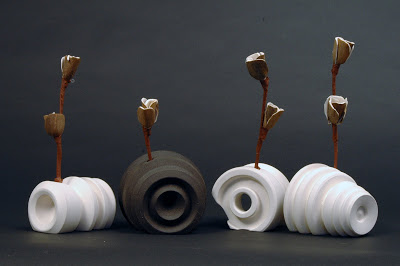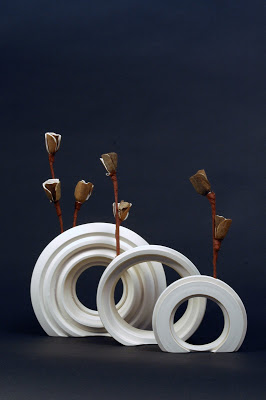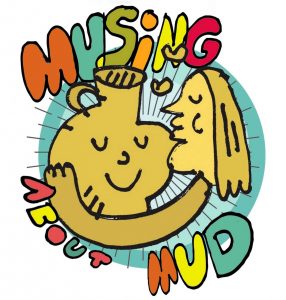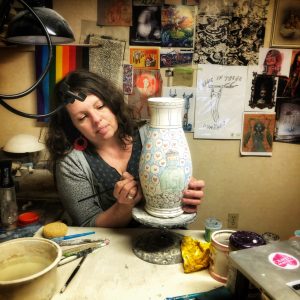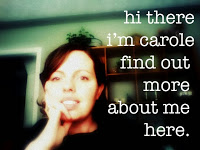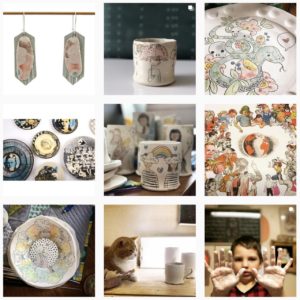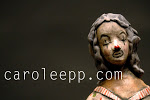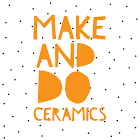A bit of show and tell…
So I think I may have mentioned a long long time ago about a project I was working on for a group show that was to be a collaborative process with the other participants in the exhibition. Well we’ve been working for months and meeting here and there to talk about work and now I figured was as good a time as any to give you a sneek peek into the work I’ve been making for the show.
There was a lot weighing on my mind when I was making this work, trying to source inspiration from the processes and aesthetics of the other artists while remaining true to my own path, trying to experiment and loosen up in the studio, try new things, fail at them, start again from scratch. And all this with approximately zero time to do it in. I’m the first to admit I struggled, like really struggled with this one. I like to think I can blame it on the fact that I had little physical time in the studio (too busy running after the little one who is now running!) and little mental time as well. But the reality was also that I had been stuck on my path of production for a fairly long time now, not really changing my ways or my pots, but rather staying within a safe zone of what had been successful and gently pushing the boundaries of that in the making of new forms. So I came to realize that I really had to break out of the mold for this one. I looked to the other artists, one had a way of working that was so intuitive, quick and expressive, leaving marks, pushing clay around and challenging what our perceptions of process might be…why sure that drain on the studio floor was perfect for pattern making! why sure i can make pieces vary from thick to thin and use my elbow to open the bowl form. It was a dance, it was full of energy, and I had to find a way to jump in. Another artist’s work was very methodical, very exact, very clean and some what monumental in presence, each piece commanding a fair amount of attention. Some where large solid geometric pieces, others simple bowl forms relating interior and exterior spaces. I had to be wary of my obvious attraction to clean lines and simplicity that was already pervasive in my work, so here I became drawn to the more solid forms, the weight of these solid pieces and the expectations we often have about ceramics and weight. The third artist for me posed yet another challenge. Her work brought in narrative components, deeply personal aesthetics, and a refined vocabulary about surface and glaze. Her work made me contemplate the relationship between surface and form in new ways, challenging me to not fall back upon old safety nets and to instead think deeply about the materials I was using.
In the end the works I’m showing you here which will be part of the exhibition are to me more a beginning than any attempt at an end. There has been so much to digest, so many different paths to follow and my practice has been shaken up in a pleasing way. These pieces resulted from my attempts to think more indepth about the throwing process. Each form was created on the wheel, but what I would do was center a piece of clay on the wheel and literally walk away from it for days. Stopping the process so early on, with out a form, without opening and raising walls, and even the physical removal from the piece meant that I returned to it without my preconceptions in mind, with a clean slate/mind prepared to look at this chunk of clay in a new way. I basically skipped out on the throwing part of the process. I wedged, I centered and I trimmed my work, sometimes removing over half to 3/4 of the clay that had been centered. I found the forms as a sculptor carving stone would, pulling them out, using tools to form them rather than the push and pull of my hands in clay. But that wasn’t enough, I had a need to then remove the link to the horizontal wheel. I needed the works to dance, move off of the table top. I turned them onto their sides, I cut them.
The show is to be an exhibition discussing subverted utility. It’s a lot to bite off and chew and then spit out in one piece. These forms are vases, vases for a single stemmed flower or branch. But they aim to be objects in and of themselves, sitting alone or in relation to each other. They are solid and weighty. They visually reference architecture and industrial parts, and the child in me attempts to screw them together somehow like nuts and bolts. They are still new to me, they are very slowly being digested. But they are only a beginning of something far more…i don’t even know the word, but i’m certain it will take up it’s fair share of my mental space and physical world. My mind already envisioning plaster molds and slipcast components… I like new beginnings, they are baby steps on a new path of investigation in the studio and in your practice. Sometimes they visually don’t look that different from your previous work, but inside you know that they are worlds apart in thought and approach. I guess we’ll see where it goes…your thoughts and critiques are always welcome.

